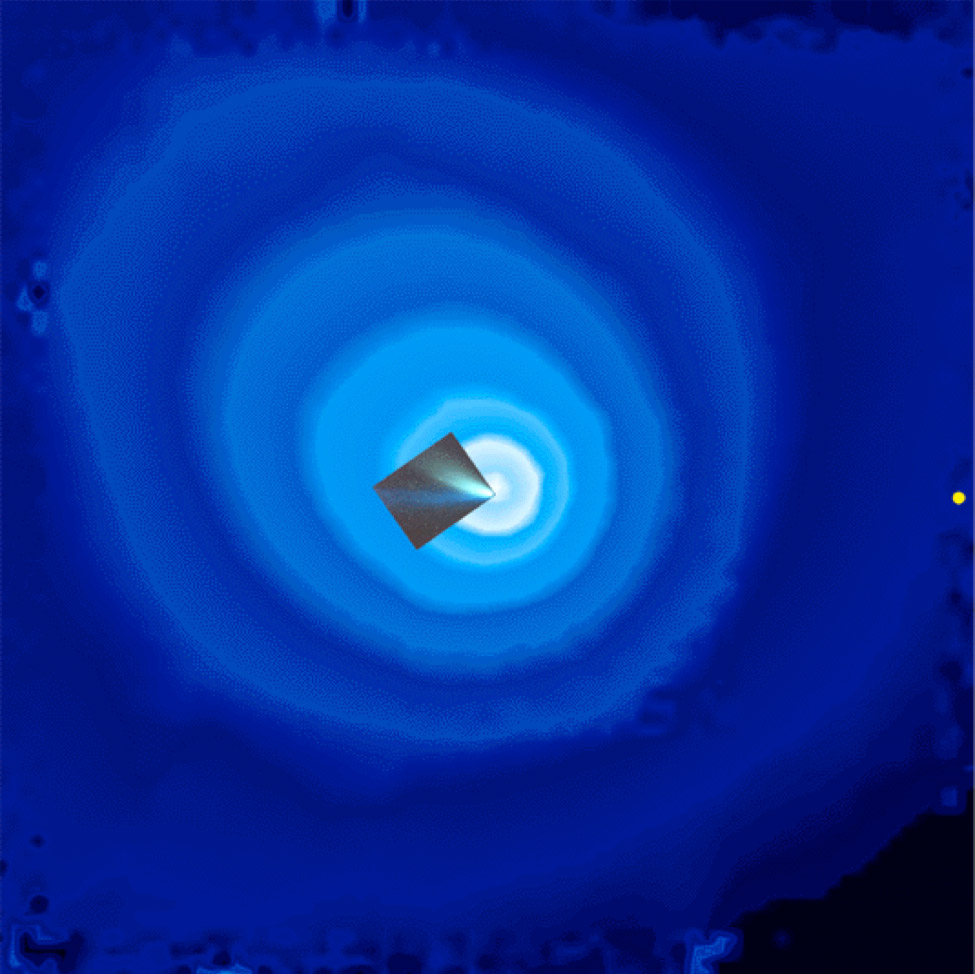
All astronomers, be they professional or amateur, or even just casual sky-watchers, have often had to contend with the vagaries of the earth’s atmosphere. Clouds will often get in the way, especially at inopportune times; almost every astronomer can recite stories of important observations that were precluded by cloudy weather. Even if the skies are “clear,” a large concentration of atmospheric moisture, or (especially in desert environments) dust can affect observations, sometimes severely. Turbulence in the atmosphere can also affect observations, in that it can make an apparent point source of light (such as star) spread out into a disk. (The term “seeing” is usually applied to this phenomenon; the stronger the turbulence, and thus the more spread-out a point source becomes as a result, produces worse “seeing.”) The relatively recent development of “adaptive optics” technology can overcome “seeing” issues to an extent, but of course can do nothing about clouds and poor transparency due to moisture and/or dust.
Another way that Earth’s atmosphere affects astronomical observations is that it is opaque to various regions of the electromagnetic spectrum. There is one significant “window” in the “visible light” or “optical” part of the spectrum, which is what our eyes detect; this “window” extends slightly into the ultraviolet and into the infrared but only to a small extent. Another, larger “window” in the radio part of the spectrum allows radio waves from space to reach Earth’s surface – hence, the development and usage of radio telescopes. A handful of quasi-“windows” exist in the infrared, and can be accessed from high elevations where the atmosphere is thinner and drier – hence, the existence of such telescopes at high elevation sites like Mauna Kea in Hawaii. Most of the rest of the electromagnetic spectrum is blocked entirely, especially the shorter-wavelength, higher-energy regions like gamma-rays, x-rays, and the ultraviolet. This is good news for life on Earth – we wouldn’t be here otherwise – but this prevents ground-based astronomical observations in these regions of the spectrum.
For these reasons astronomers had long desired the opportunity to have telescopes in space. Sounding rockets equipped with special detectors can make observations possible for a few minutes, but an orbiting telescope would be free of such time constraints, and accordingly once the first satellites began being placed into orbit it was only a matter of time until telescopes would be among these.
The first comet ever to be observed from space is Comet Tago-Sato-Kosaka 1969g, which is this week’s “Comet of the Week” (and which, as I’ve pointed out there and elsewhere, is the first comet I ever observed). Beginning on January 14, 1970 and extending for the next two weeks, a team led by Arthur Code at the University of Wisconsin observed this comet with the Orbiting Astronomical Observatory 2 (OAO-2) spacecraft that had been launched in late 1968. The ultraviolet detectors aboard OAO-2 recorded a large cloud almost three degrees across – 1 ¼ times the diameter of the sun in physical terms – surrounding the comet, with this being prominent at a wavelength of 1216 Angstroms, the so-called “Lyman-alpha” line of hydrogen (the strongest spectral line in the hydrogen atom).
This was not a surprise: in 1964 the German physicist Ludwig Biermann had pointed out that, if water is indeed the primary constituent of a comet’s nucleus (as Fred Whipple’s “icy conglomerate” model – which will be the subject of a future “Special Topics” presentation – predicted), then ultraviolet radiation from the sun would dissociate water molecules into their constituent hydrogen and oxygen atoms. The hydrogen would then be visible in ultraviolet as a large cloud – which is precisely what Code’s team detected with OAO-2’s instruments.
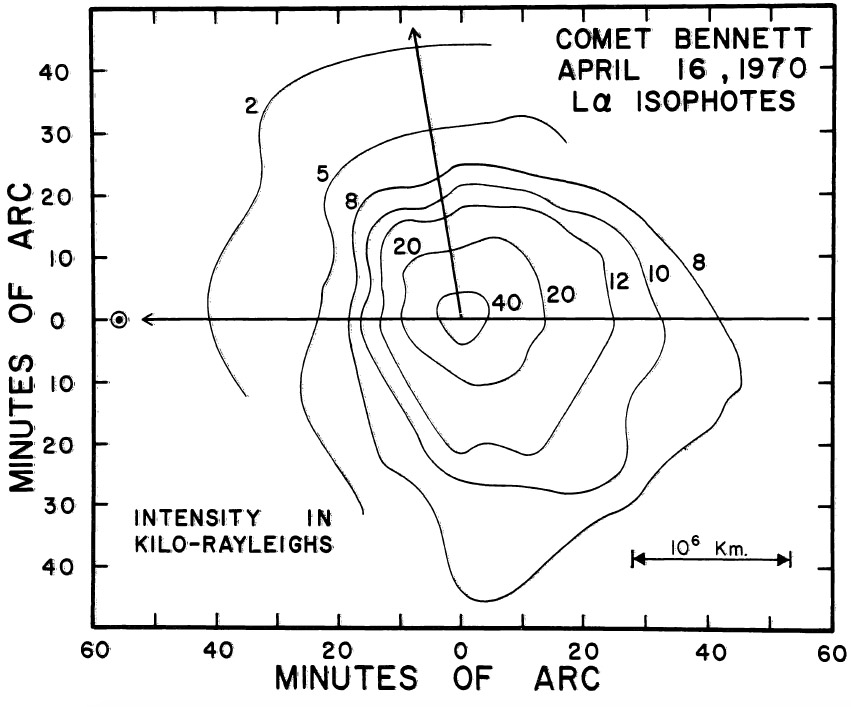
Two months later Code and his team detected a large hydrogen cloud – ten times the sun’s diameter) around Comet Bennett 1969i (which will be a future “Comet of the Week”) and this cloud was also detected by another orbiting telescope, the Orbiting Geophysical Observatory 5 (OGO-5) satellite. Later that year OGO-5 detected a smaller cloud around the short-period Comet 2P/Encke (another future “Comet of the Week”) as it was en route to its perihelion passage in early 1971.
Today these “Lyman-alpha clouds” have been found to accompany most comets that visit the inner solar system. Perhaps the most prolific detector of this phenomenon is the Solar Wind ANisotropies (SWAN) ultraviolet telescope aboard the joint NASA/ESA SOlar and Heliospheric Observatory (SOHO) mission that was launched in late 1995. Although, as its name implies, SWAN was primarily designed to examine large-scale changes in the speed and intensity of the solar wind, its detectors are quite sensitive to Lyman-alpha radiation and it has become quite adept at detecting the hydrogen clouds accompanying visiting comets. The largest Lyman-alpha cloud that SWAN has detected was the one accompanying Comet Hale-Bopp in 1997, which was 2/3 of an Astronomical Unit (70 times the diameter of the sun) across.
In late 1999 one of the SWAN team members, Teemu Makinen of the Finnish Meteorological Institute in Helsinki, detected an apparently un-discovered comet in SWAN images that had been taken in mid-1997. Two and a half years later Makinen detected a second apparently un-discovered comet in SWAN images from mid- to late 2000. Later that year a Japanese amateur astronomer, Masayuki Suzuki, detected an apparent comet in near-real time SWAN images (which are publicly accessible); this turned out to be a real comet (designated C/2002 O6) – which in fact I helped confirm – that briefly reached 6th magnitude a month later.
Since that time several amateur astronomers routinely scan the publicly accessible SWAN images, and over the years they have discovered several previously-unknown comets. One of these (C/2006 M4) later became almost as bright as 4th magnitude four months after it was discovered, and another one (discovered in late 2012) turned out to be a seemingly “lost” Halley-type comet first seen in 1827 (273P/Pons-Gambart). SOHO is still an active mission at this writing and it is entirely possible that more “SWAN comets” remain to be discovered.
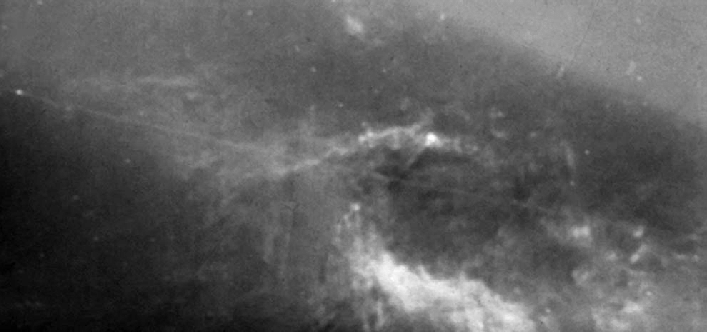
Since many comets contain significant amounts of dust – which glows brightly in the infrared – then infrared-sensitive orbiting telescopes would also be desirable for observing comets. During the ten months of its operation in 1983 the InfraRed Astronomical Satellite (IRAS) discovered six comets, including the Earth-approaching Comet IRAS-Araki-Alcock 1983d (a future “Comet of the Week”), the “active asteroid” now known as (3200) Phaethon which is associated with the Geminid meteor shower and which may be an “extinct” comet, and a large dust trail accompanying Comet 10P/Tempel 2. During 2010 and 2011 the Wide-field Infrared Survey Explorer (WISE) mission – a next-generation successor to IRAS – discovered 17 comets and numerous asteroids, including the first-known (and, so far, only known) “Earth Trojan” (2010 TK7). Although its longer-wavelength detectors are no longer operational, during recent years WISE (under the mission name NEOWISE) has continued to search for comets and near-Earth asteroids, and as of this writing has discovered 14 additional comets.
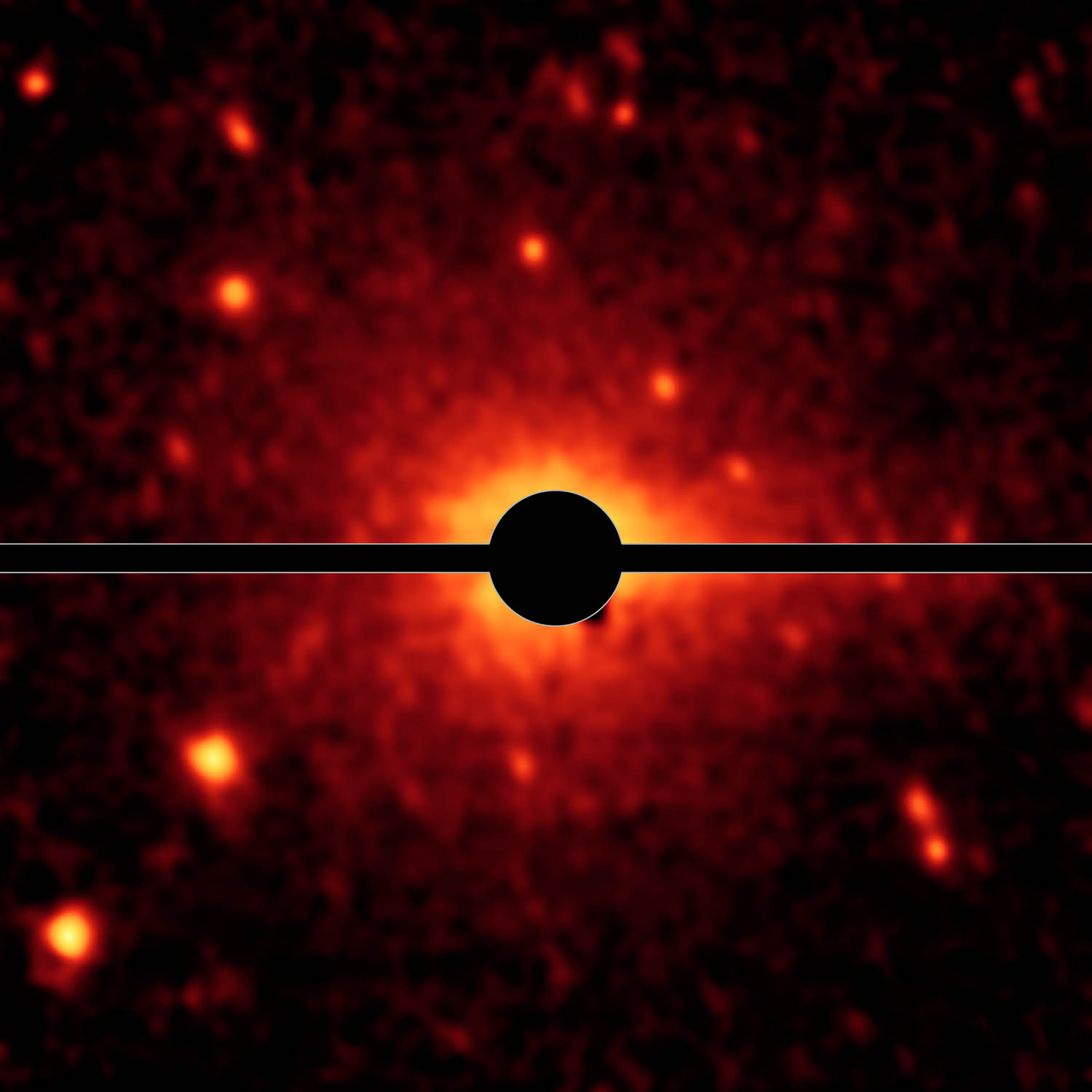
Don Quixote’s coma and tail — features of comets — as revealed in infrared light by Spitzer. The coma appears as a faint glow around the center of the body, caused by dust and gas. The tail points towards the right-hand side of Don Quixote, into the direction opposite of the sun.
One other infrared-sensitive space telescope that has been utilized for numerous comet observations is the Spitzer Space Telescope, launched in 2003 and just recently retired from service. One of Spitzer’s more unique observations involves the “asteroid” (3552) Don Quixote which was discovered in 2003, and which travels in a rather high-eccentricity comet-like orbit and had thus been considered a possible “extinct” comet. When Don Quixote returned in 2009 Spitzer detected clear signs of a small coma and a short tail, as well as possible emission of carbon dioxide. Cometary activity around Don Quixote was detected optically during its subsequent return in 2018, and this detection, combined with the Spitzer observations, show that Don Quixote is still an active comet (albeit at a low level).
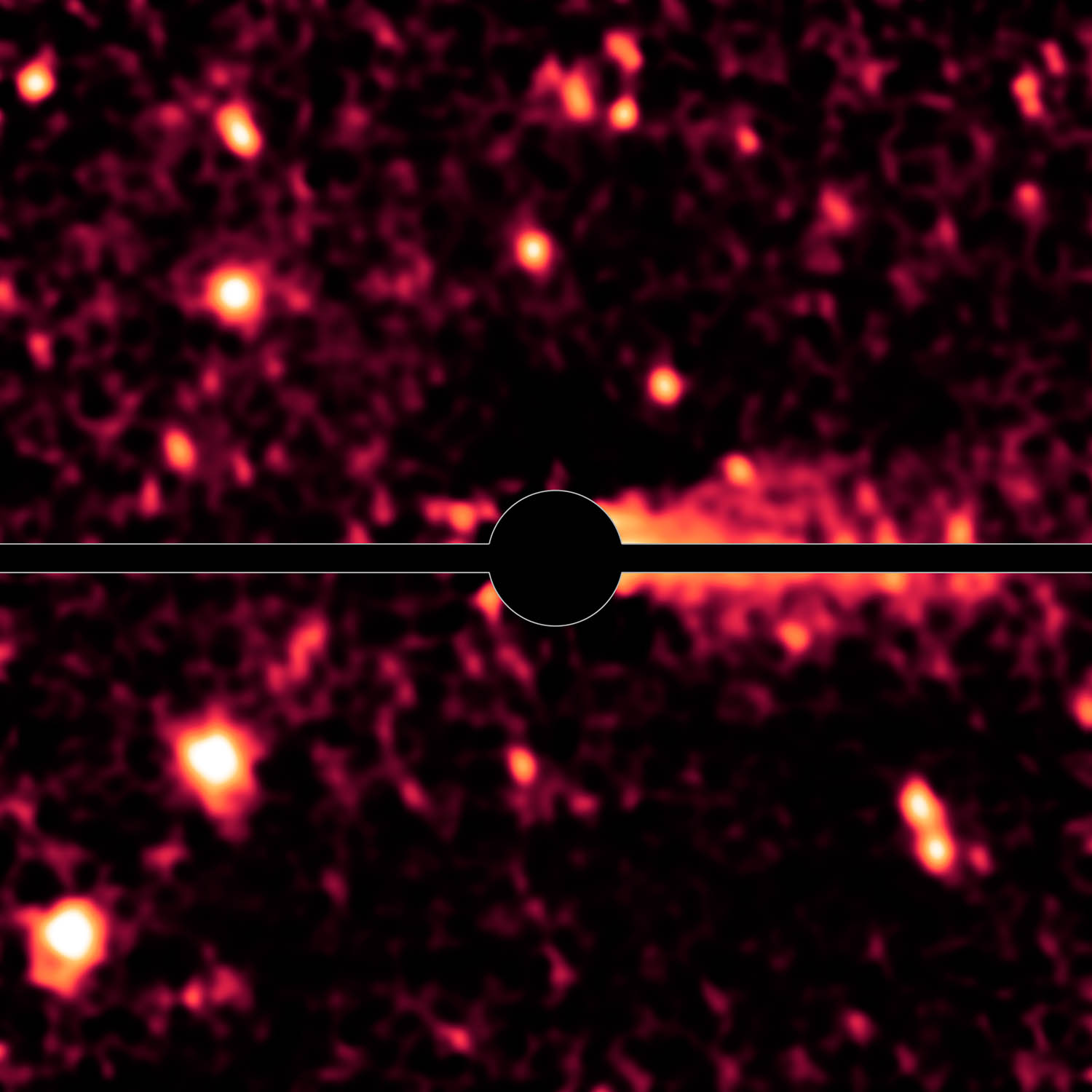
This image represents a more elaborate image processing step, in which the glow of the coma has been removed based on a model comet coma. Bright speckles around Don Quixote are background stars; the horizontal bar covers image artifacts caused by the image processing.
The absence of the scattering effects of an atmosphere makes it at least theoretically possible to examine the region of the sky close to the sun, and accordingly space-based coronagraphs have been utilized for this purpose for some time. The first space-based coronagraph observations of a comet came with Comet Kohoutek 1973f in late 1973, when coronagraphs aboard both the Orbiting Solar Observatory 7 (OSO-7) satellite and aboard the Skylab space station detected it as a bright object near the sun around the time of perihelion. The astronaut crew aboard Skylab also observed and photographed Comet Kohoutek around that time, and as Comet Kohoutek is a future “Comet of the Week” I will discuss these observations in that presentation.
Numerous comets have been detected in coronagraphs aboard the U.S. Defense Department satellite P78-1, the Solar Maximum Mission, SOHO, and the twin spacecraft of the Solar and TErrestrial RElations Observatory (STEREO) mission. Many of these comets have been discoveries by the respective missions; indeed, SOHO has as of now discovered over 3800 small comets passing close to the sun. A large number of these comets – although not all of them – have been small Kreutz sungrazers, and a couple of these objects are future “Comets of the Week” and I will discuss them more thoroughly there and in a future “Special Topics” presentation.
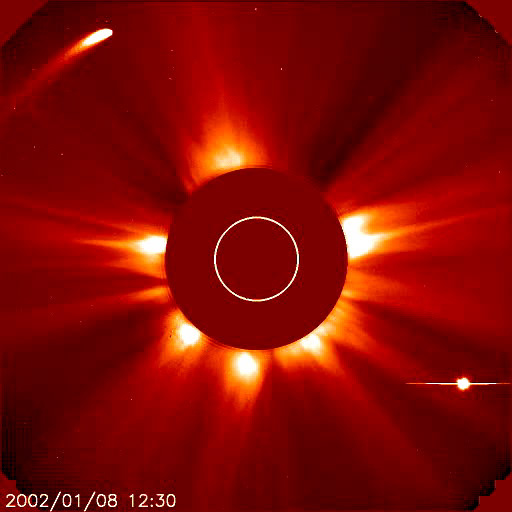
Somewhat surprisingly, comets have also been observed with x-ray sensitive orbiting telescopes. Cometary x-rays were first observed by the German Roentgensatellit (ROSAT) spacecraft in March 1996 near Comet Hyakutake C/1996 B2 (which was passing close to Earth at that time and which is a future “Comet of the Week”). Once these were found, astronomers combing through archived ROSAT data found x-ray emission from several previous comets, including – rather remarkably – an otherwise dim and unremarkable comet, Comet Arai 1991b, six weeks before that comet’s discovery. In general, the x-rays came not from the comets themselves but rather from crescent-shaped regions sunward of their nuclei, and their origin remained a mystery for some time. Finally, observations of Comet LINEAR C/1999 S4 by the Chandra X-ray Observatory in July 2000 showed that the x-rays were due to specific ions of oxygen and nitrogen and were being produced by charge-exchange reactions between energetic particles in the solar wind and neutral atoms and molecules in the comet’s environment.
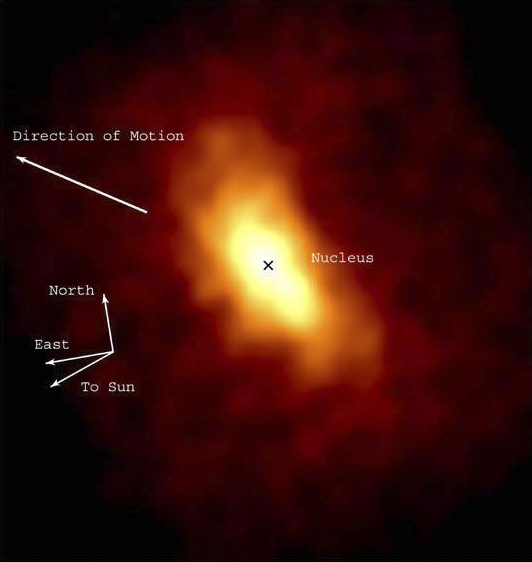
Any discussion of space-based comet observations would be incomplete without mention of the Hubble Space Telescope. Hubble was deployed from the Space Shuttle Discovery on April 25, 1990, although within two months a serious problem was detected in its optical system which prevented images from being brought to a proper focus. (In effect, Hubble was “nearsighted.”) The problem was corrected during a Shuttle Hubble Servicing Mission in December 1993, but in the meantime the development of sophisticated image processing techniques allowed for useful scientific images to be returned from Hubble despite the focusing issues.
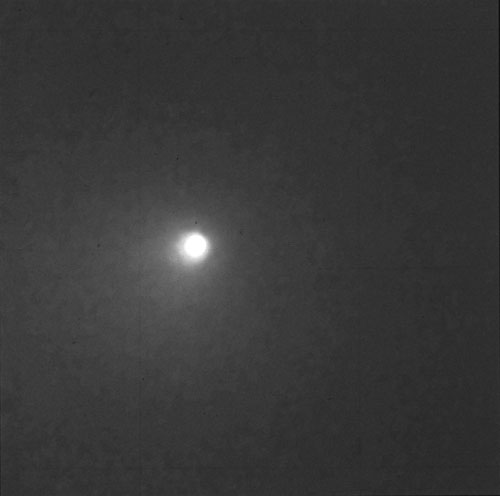
The first comet observations made by Hubble were of Comet Levy 1990c – like several of the aforementioned comets, a future “Comet of the Week” – on September 27, 1990, and the images show strong jetting activity in the comet’s inner coma. Since that time, and especially since the 1993 servicing mission, Hubble has taken images and other data of numerous comets, and should continue to do so up until the time it is no longer operational.
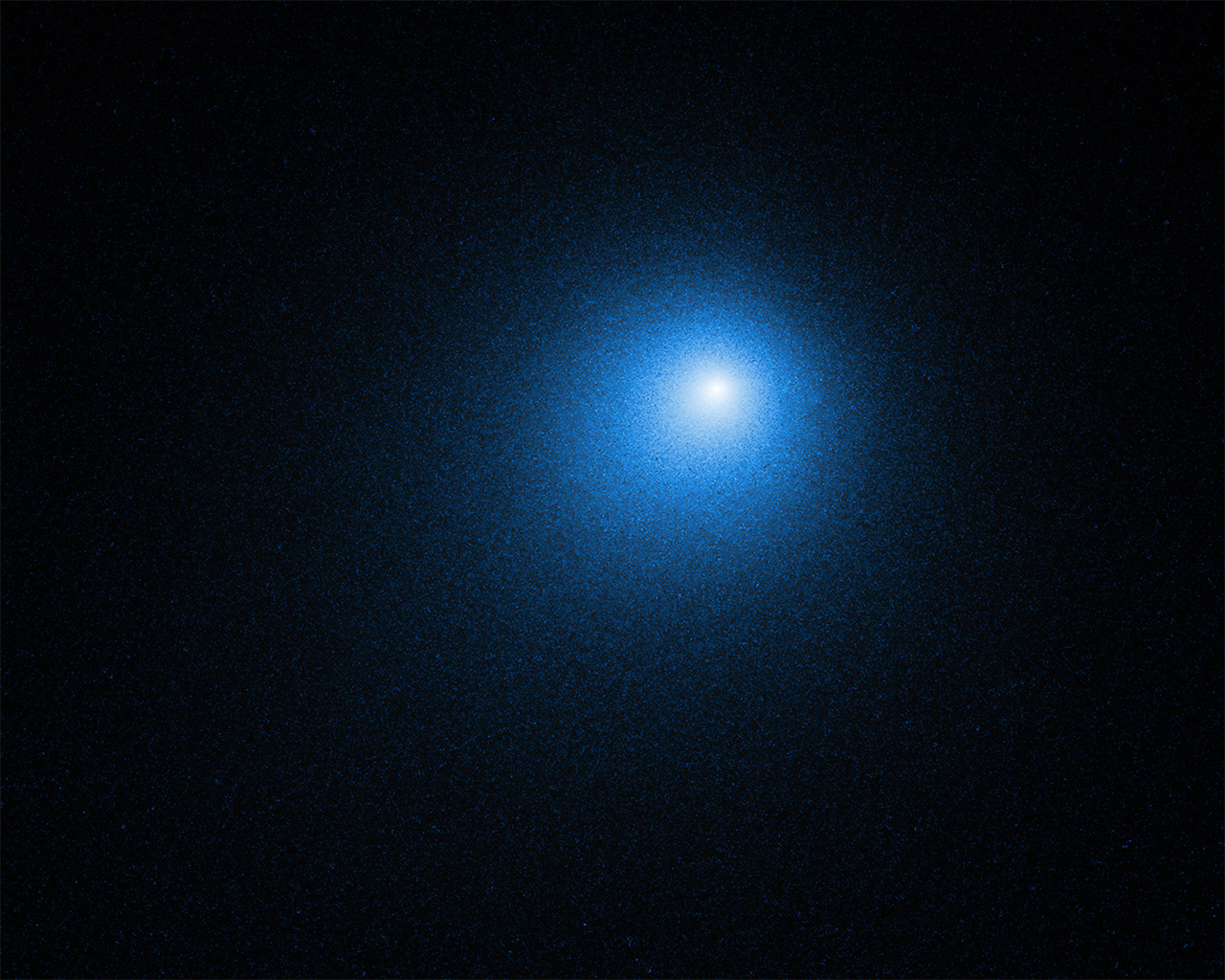
Today, quite a few orbiting satellite missions are involved in making observations of comets and have contributed enormously to our understanding of these objects, and this should continue for the foreseeable future. One other facet of space-based comet observations involves spacecraft visits to these objects, and this subject will be treated in a future “Special Topics” presentation.
More from Week 6:
This Week in History Comet of the Week Bonus Content Free PDF Download Glossary
Ice and Stone 2020 Home Page


